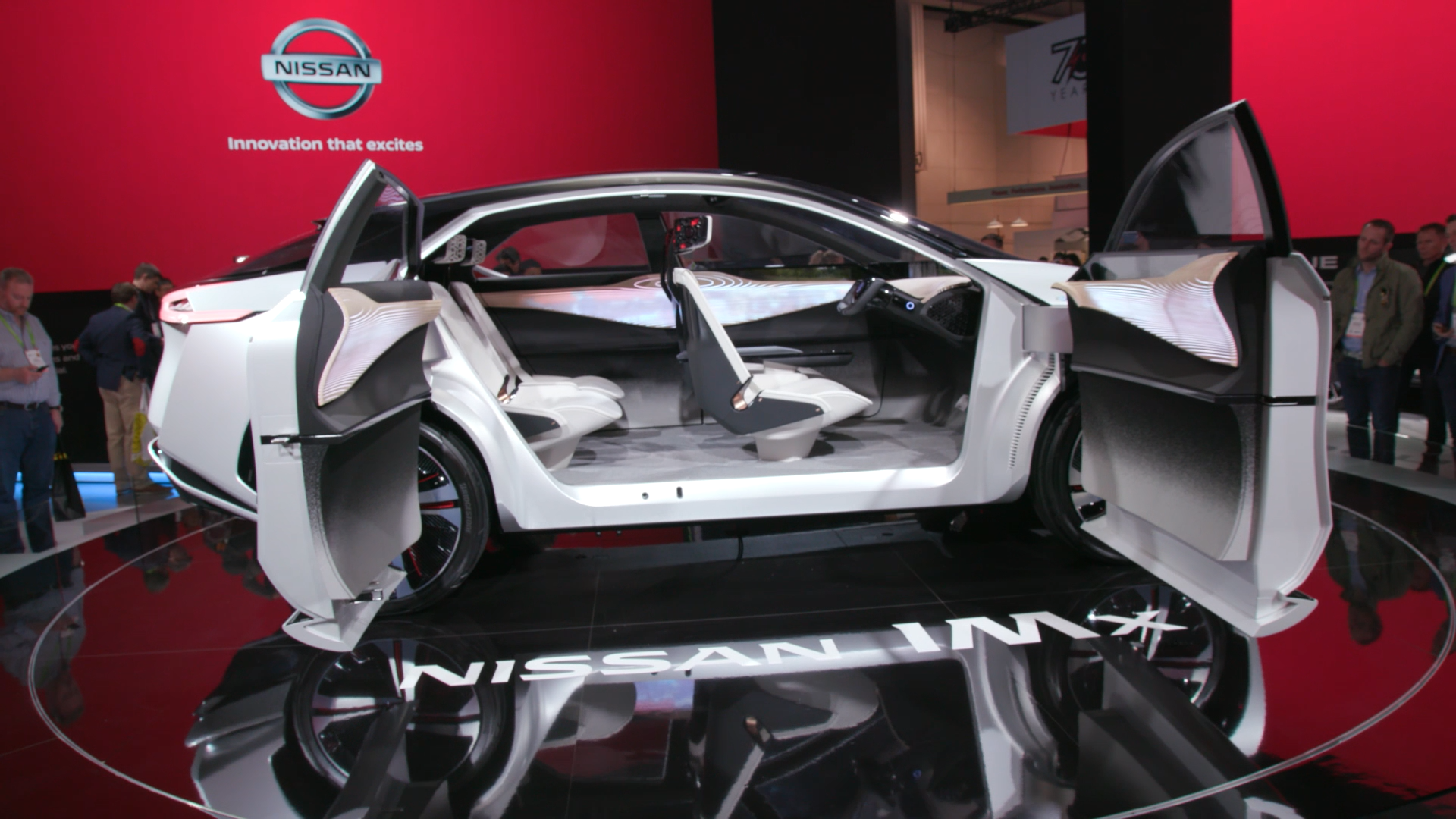
The North American International Auto Show (otherwise known as the Detroit Auto Show) doesn’t start until tomorrow, but if you could be forgiven for thinking it just finished if you were following CES coverage this week. A staggering number of major automotive manufacturers, including Ford, Toyota (header image), Nissan (above), and Mercedes-Benz unveiled new concept cars, partnerships, and vehicle platforms at this year’s show. Join us for a tour of the top 10 automotive news stories from CES 2018. (Images courtesy CES unless otherwise specified.)
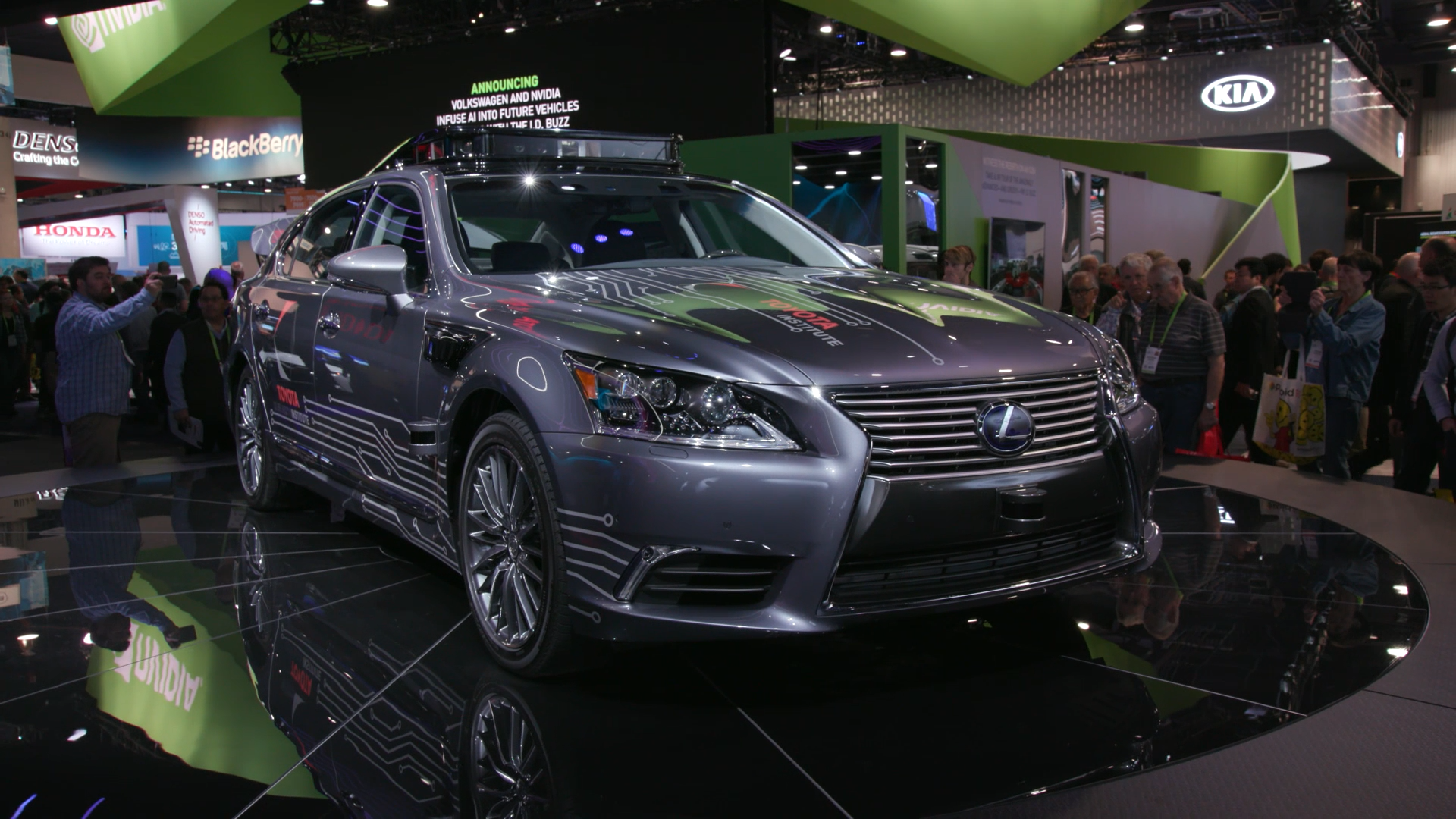
Amazon Alexa added to Toyota and Lexus vehicles
If CES 2018 had a theme besides connected and autonomous vehicles, it was the rapid adoption of smart assistants by nearly every device you can think of. Case in point: Toyota, which announced that starting this year, select vehicles in both its main and luxury Lexus line would incorporate support for Amazon’s Alexa.
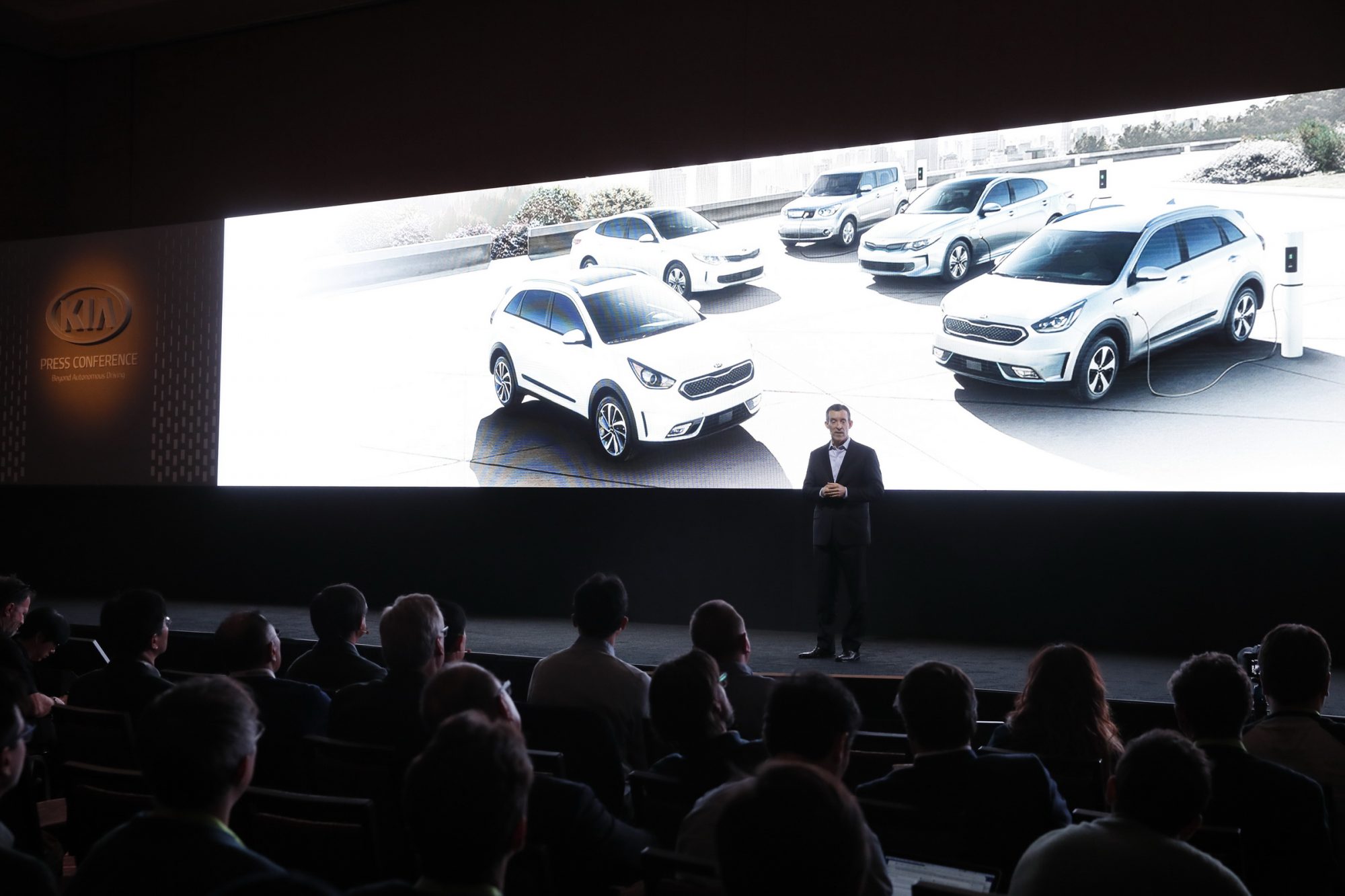
Kia adding the Google Assistant
Not to be outdone, South Korea based Kia announced that it would be incorporating Alexa’s leading rival, Google Assistant, into some of its 2018 models.
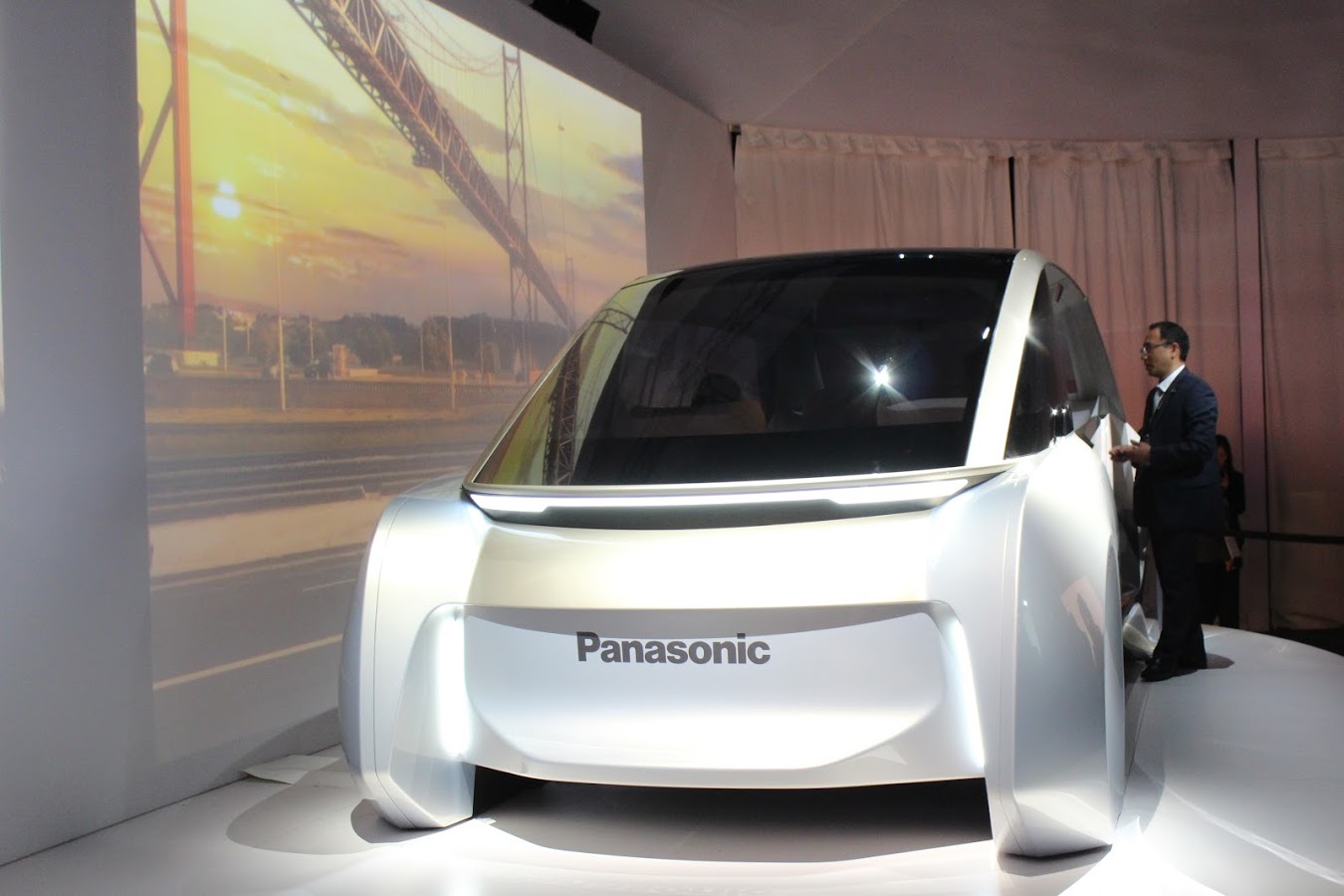
Panasonic adding Google and Alexa support to its in-car infotainment systems
Panasonic, meanwhile, announced that in the future it would be adding both Google Assistant and Amazon Alexa to its in-car infotainment systems. The Japanese electronic giant’s automotive division was worth 1.3 trillion yen (approximately $14.6 billion Canadian) in 2016. (Photo courtesy Brian Jackson.)
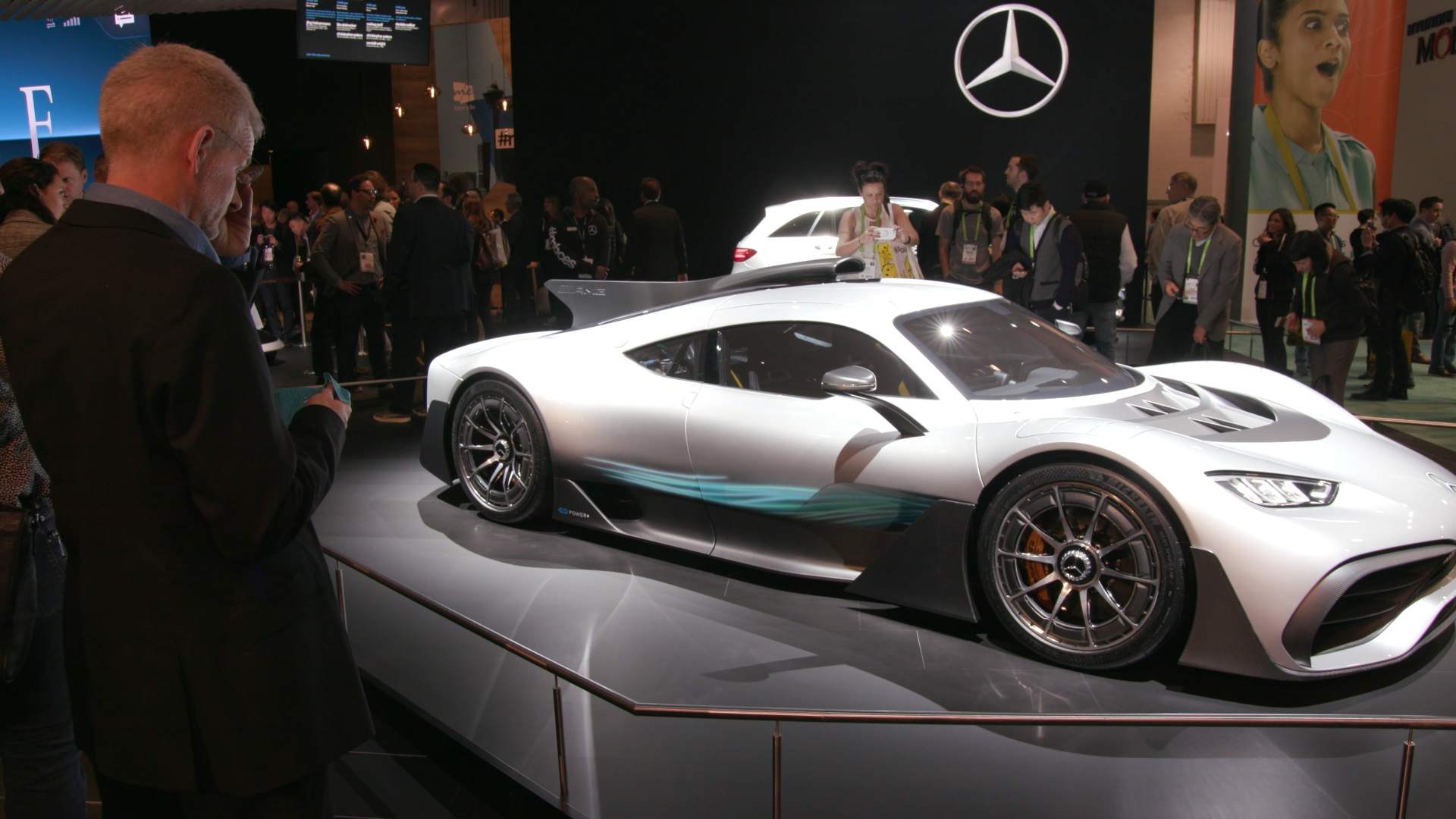
Mercedes developing its own voice assistant
Then there’s German luxury car manufacturer Mercedes Benz, which has developed a voice assistant platform of its own, the Mercedes-Benz User Experience (MBUX for short). MBUX, which is activated by users saying “Hey Mercedes,” is expected to launch this spring in Europe, closely followed by North America, with most other models incorporating the system within the next three years. The company also made headlines for shutting down the Las Vegas Strip so it could show off its Smart Vision EQ concept car (above, courtesy the Mercedes website.)
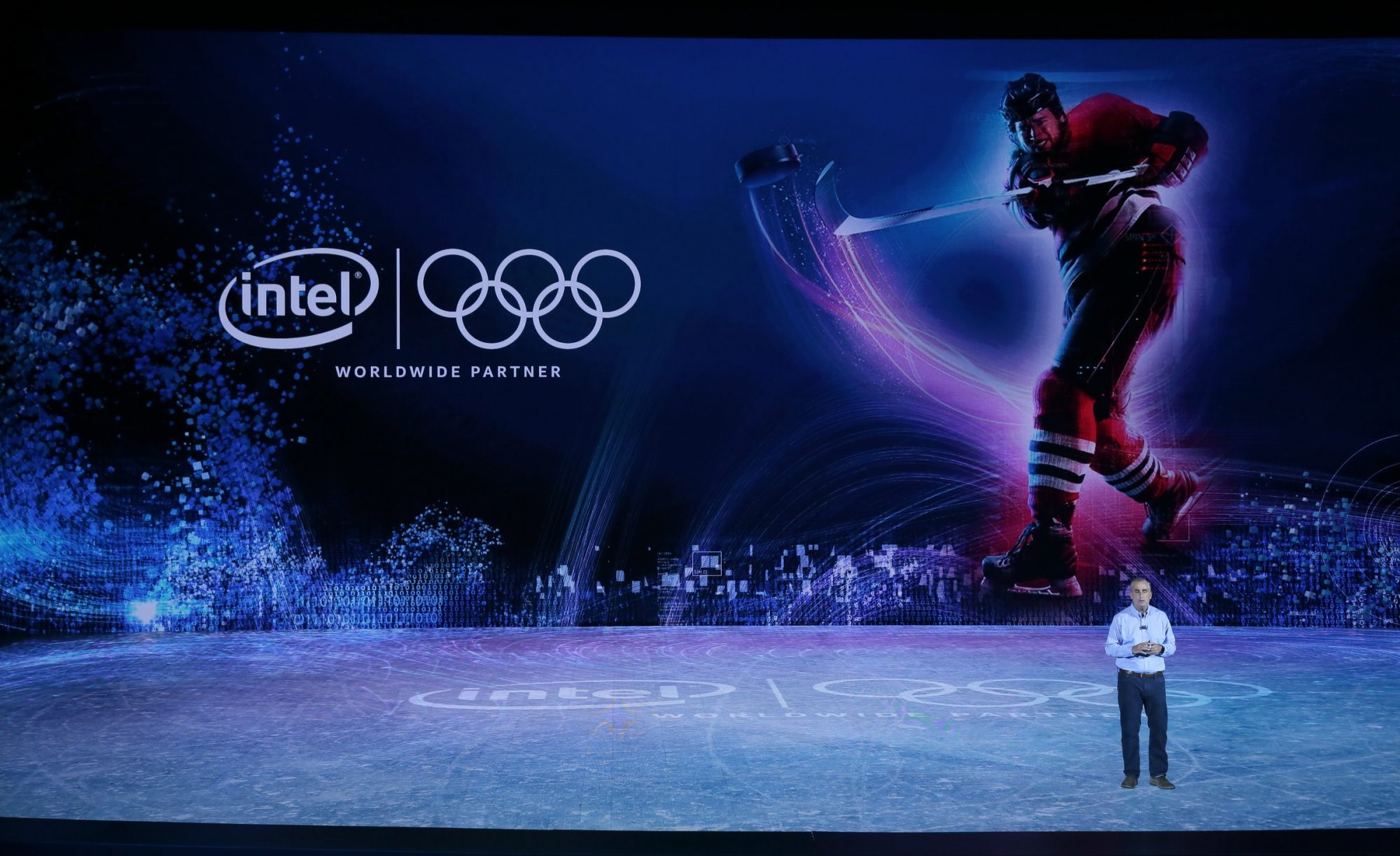
Intel debuts self-driving cars
You read that right. The chipmaker, in the news recently for a pair of security bugs, showed off the first specimen from its 100-vehicle test fleet of self-driving cars, each of which features 12 cameras, radars, laser scanners, and other computer parts from Intel and its collaborator Mobileye. Also announced: partnerships with Chinese auto firm SAIC Motor and digital mapping company NavInfo to build self-driving cars and digital road maps in China.
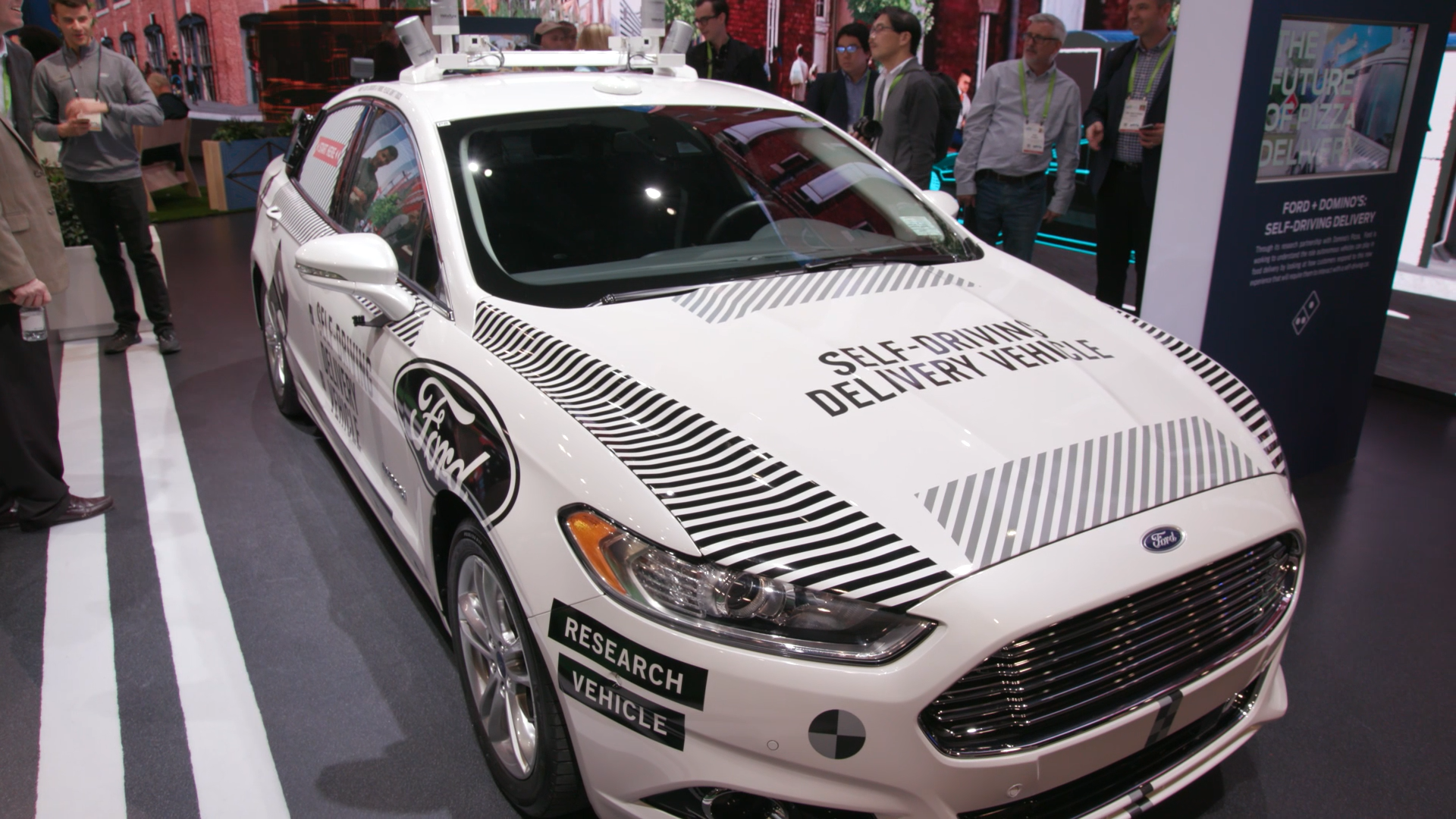
Ford developing an open-source platform for connected cars
Back in October Ford announced that it was investing in Palo Alto-based Autonomic in order to build a connected car platform, the Ford Transportation Mobility Cloud, which made its official debut at CES. Ford’s hope is that competitors and cities alike will sign on to help create the automotive industry’s version of the internet.
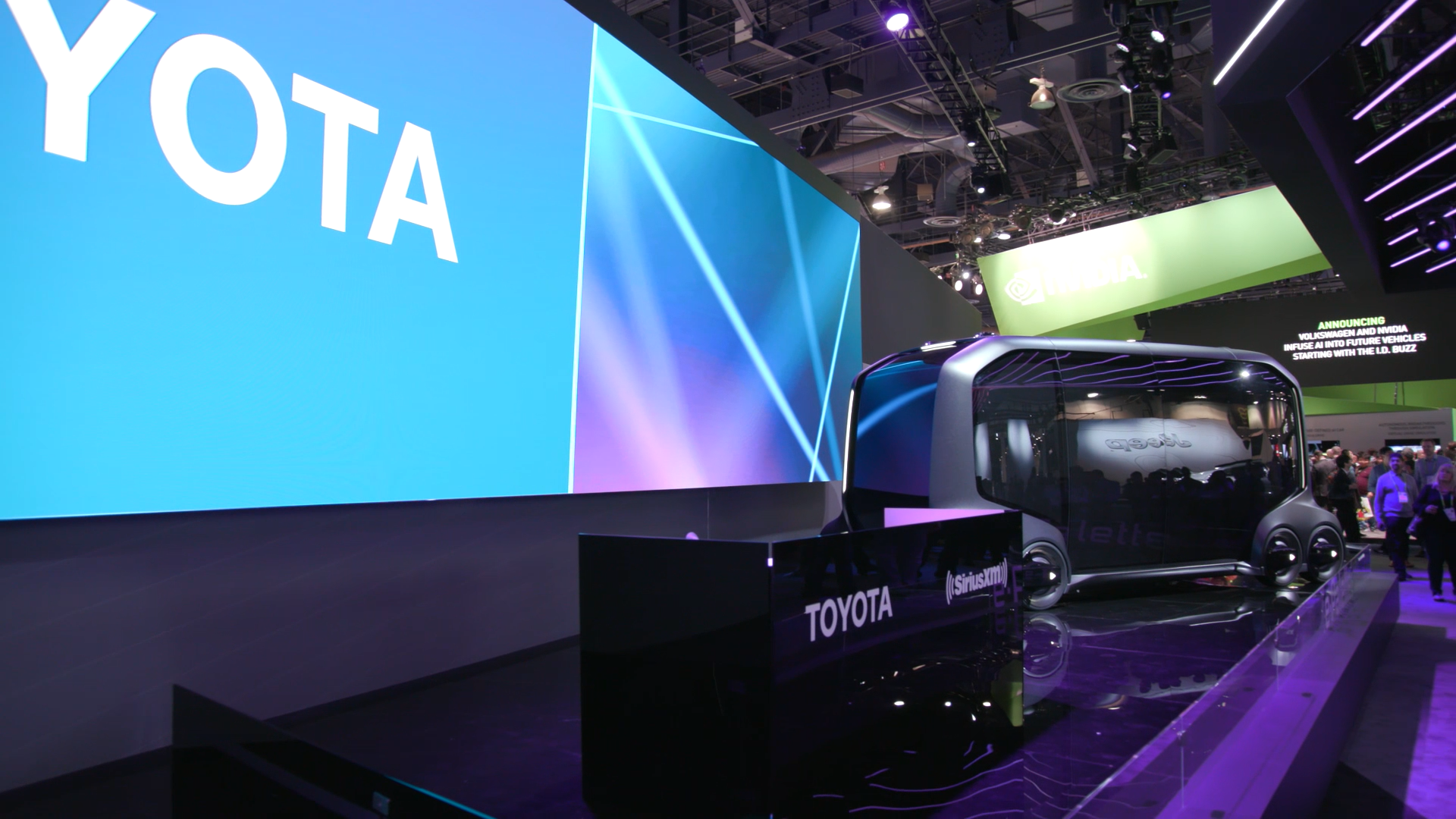
Toyota Lexus Platform 3.0 (and e-Palette)
In addition to announcing a collaboration with Amazon, Toyota brought its next-generation Platform 3.0 automated vehicle, which is built on a Lexus LS600hL and incorporates sensors and cameras into the body rather than adding them as attachments, to CES. The company also made headlines for its e-Palette (above), a pod-like vehicle designed to serve as a mobile store, showroom, hotel room, taxi, or restaurant – an example being its eye-catching use as a Pizza Hut delivery truck.
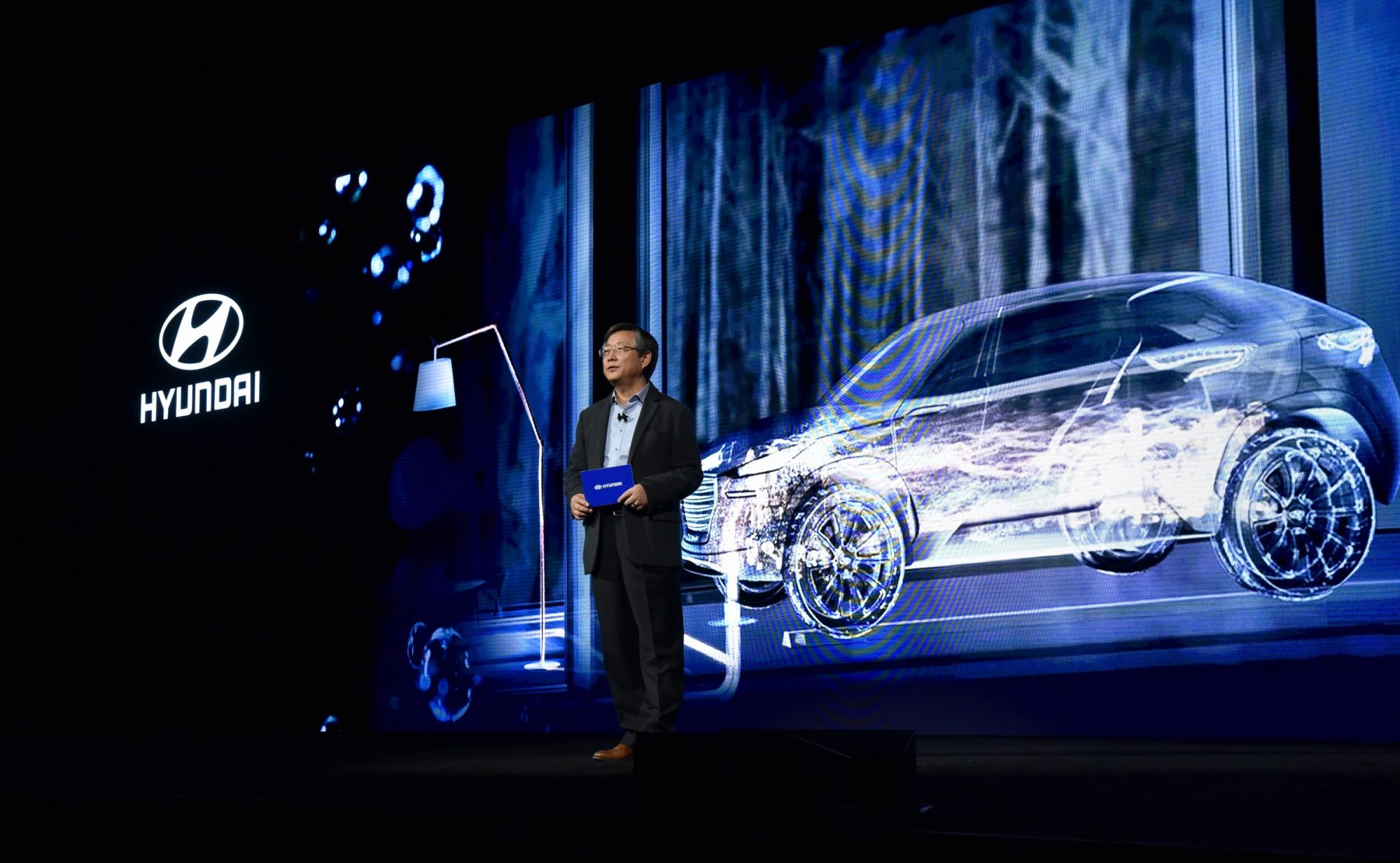
Hyundai reveals the Nexo (and a connected car network with Cisco)
Hyundai made headlines on this very site for the open network it’s co-developing for connected cars with Cisco, but the South Korean auto manufacturer probably made its biggest splash with the Nexo, a hydrogen fuel cell-powered car that can run for 370 miles after five minutes of charging. The Nexo also includes Hyundai’s new suite of driver assistance features, including a smart parking assistant that allows drivers to park or retrieve their vehicle by pressing a button in the car or in an app.
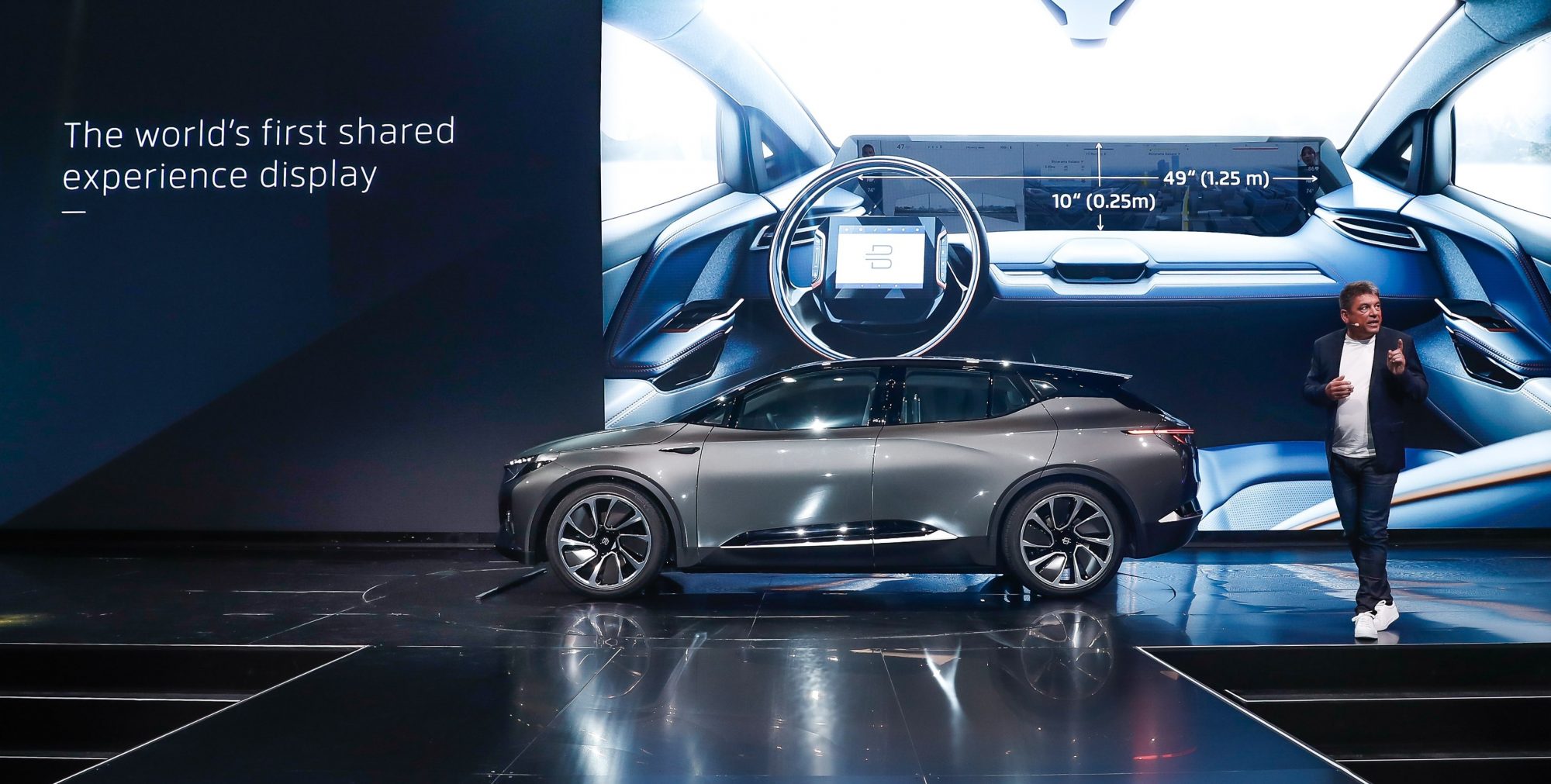
Byton’s futuristic smart car
One unexpectedly common feature of the connected and autonomous vehicles at CES was, with the notable exceptions of the E-Palette and Mercedes’ Smart Vision EQ, was how similar most of them looked to what’s currently on the road, inside and out. Not so the Byton (a contraction of the phrase “Bytes on Wheels”), a startup-designed car with a massive touchscreen dashboard. (Photo courtesy Byton website.)
Nissan’s brain-to-vehicle technology
Then there’s Nissan’s brain-to-vehicle technology, which allows a car to support driver behaviour based on brain activity. For example, drivers unavoidably plan on turning a car’s steering wheel before actually doing so, but once Nissan’s technology has registered that the wheel is about to be turned, it can help the driver by starting the turn itself. In theory this can enhance manual driving, with Nissan’s technology turning the wheel (or beginning other intended movements) between 0.2 and 0.5 seconds faster than the driver.